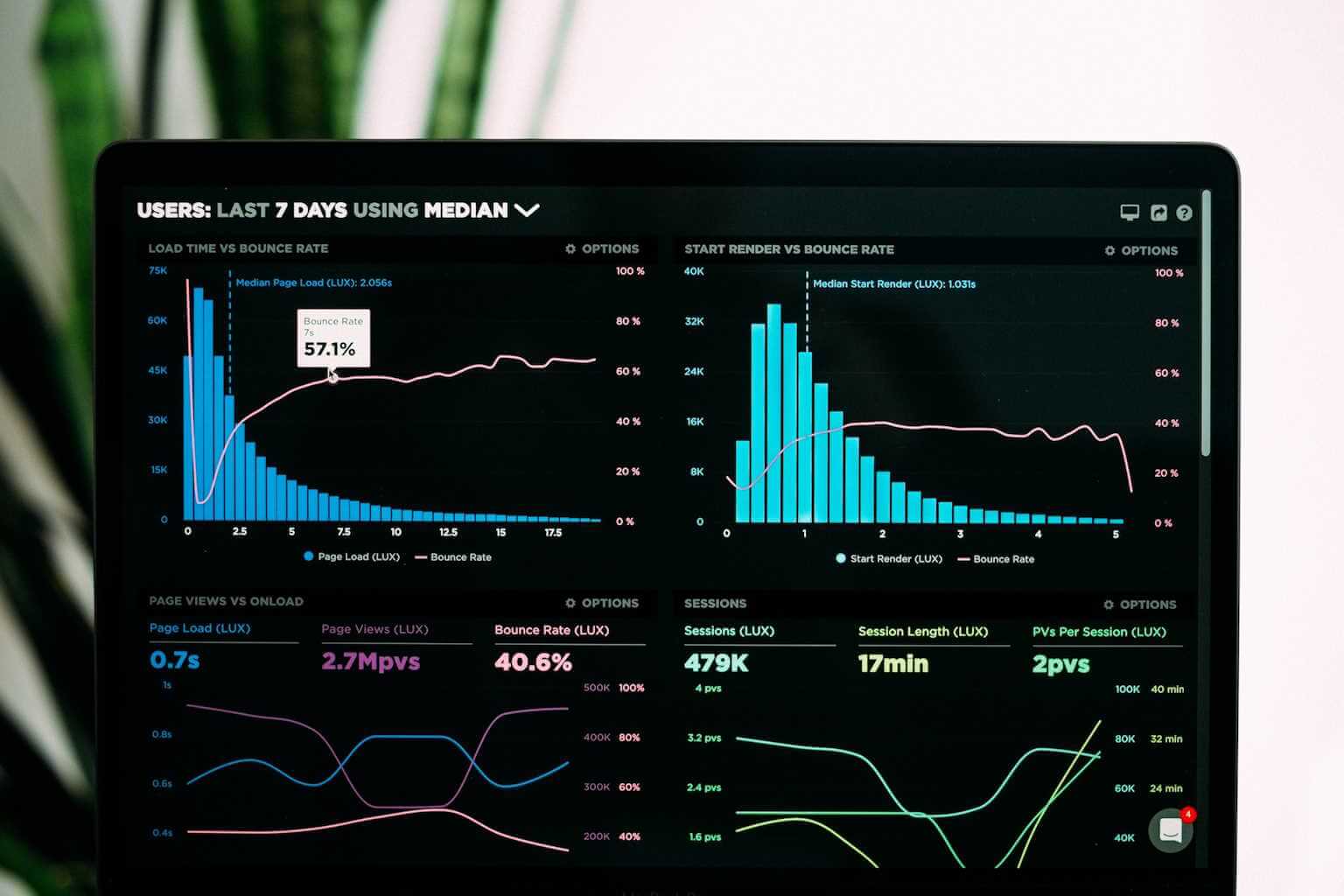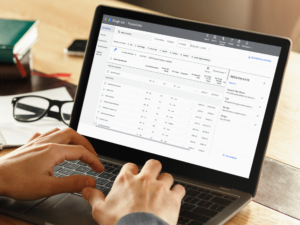Searching to up your website’s game? Deciding on the perfect analytics tool can make all the difference.
Needing to ensure your website is tracked? Here you’ll discover the best website analytics tools. They’ll keep an eye on your website and help you reach peak online success.
What is website analytics?
Website analytics involves studying and analyzing website data. It helps businesses understand website traffic and visitor behavior. Through metrics like page views, bounce rate, and conversion rate, decisions can be made about the online presence.
The Best website analytics tools let marketers and site owners track user behavior and measure website performance. This data helps find areas to improve, such as optimizing landing pages or content.
These tools offer features for a better understanding of user interaction. Heat maps, session replays, funnel visualization, and real-time tracking are some of them. Site usage trends can be monitored over time.
Integration with other marketing technologies makes it possible to get a comprehensive view of the customer journey. This is done by connecting data from multiple sources.
One business was having problems with low conversion rates. After using web analytics tools to analyze user behavior, they found issues with pricing structure and messaging. After making changes suggested by the data, conversions, and leads increased.
Web analytics tools are like a crystal ball. It tells you what your audience wants – no predicting the end of the world, though!
Why is website analytics important?
Website analytics has great importance for understanding and optimizing website performance. It gives detailed info about website traffic, visitors’ behavior, and demographics. This data helps assess the effectiveness of marketing campaigns and reveals potential areas for improvement in terms of content, user experience, and website functionality.
Businesses can use web analytics to track which pages are most frequently viewed by their audience. This lets them identify popular trends among visitors and adapt their offerings accordingly. By understanding how website visitors interact with different elements on a site, businesses can make changes to enhance user experience.
Website analytics also helps businesses monitor the progress of marketing campaigns. This includes assessing the effectiveness of social media campaigns or targeted email marketing.
Remember to configure all metrics properly when setting up an analytics tool or reviewing the data. This way you can get reliable insights from the data available. With website analytics tools, you can predict the future of your online presence in 2023 like a crystal ball on steroids.
The best website analytics tools for 2023
When it comes to website analytics, there are many options around. Whether you’re looking for the best, top, most popular, free, or paid ones, there are many to pick from based on your needs.
To help you make the right decision, we created a table to list some of the most effective website analytics tools of 2023. It includes info on features, pricing, ease of use, etc. Here’s a breakdown:
| Website Analytics Tool | Features | Pricing | Ease of Use |
|---|---|---|---|
| Google Analytics | Real-time data tracking | Free | Relatively easy |
| Analytify (recommended) | WooCommerce Tracking | Paid | Easy to use |
| Woopra | Detailed user insights | Paid | Easy to use |
| Piktochart | Interactive data visualization | Paid | Simple interface |
| SimilarContent | Great all round service | Paid | Easy navigation |
There are more options in the market such as Matomo, SEMRush, Hotjar, and more. Each caters to unique needs.
It’s crucial to get the right website analytics tool. By analyzing user behavior and web traffic regularly, you can spot growth opportunities and enhance user experience. So, select the right one as per your requirements today!
How to choose the right website analytics tool
When picking a website analytics tool, consider your website’s purpose and objectives. Figure out which key metrics you want to measure, analyze, and evaluate. This will help guide your decision-making. Think about factors like data accuracy, user interface, and pricing plans.
Compare tools based on their tracking abilities and reports, data updates, and customer segmentation options. Funnel tracking is important to understand how visitors interact with your site.
Once upon a time, an e-commerce company wanted to analyze its products’ success rate region-wise. We recommended Analytify. It offered geographic insights plus AdWords analysis for startups at an affordable cost. The company took our advice and sales doubled in less than three months!
How to use website analytics to improve your website
Leverage website analytics to optimize your website and increase user engagement & conversions. You’ll benefit from deeper insights regarding audience behavior & preferences. Here’s a 3-step guide to making the most out of website analytics:
- Set up tracking – Use HTML tags to set up web analytics software like Google Analytics.
- Monitor key metrics – Check traffic sources & visitor behavior such as time spent on pages, clicks, & bounce rates.
- Analyze trends – Understand how visitors navigate through your site & make decisions to enhance user experience.
Analyzing this data provides insights to tailor content & redesign segmentation activity to improve user satisfaction. Pro Tip: Test new implementations with A/B Testing for real-time feedback & adjust elements to serve users’ preferences better. Evolve towards the best customer journey & transform more leads to customers.
FAQ
Is Google Analytics free?
Yes, you just need a Google account to access it.
What is the maximum duration for retaining Google Signals data in Analytics?
The maximum duration for retaining Google Signals data in Analytics is 26 months.














[…] marketing strategies, tracking and analyzing key performance indicators (KPIs) is crucial. Utilize analytics tools like Analytify to measure sales, conversion rates, website traffic, and customer feedback. Identify […]